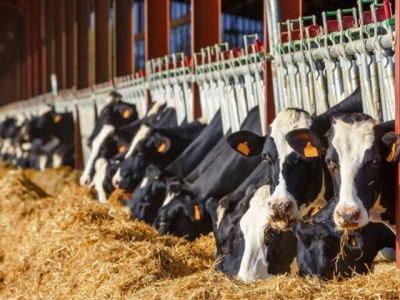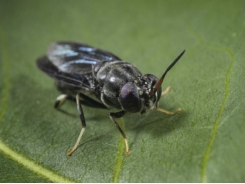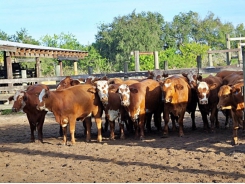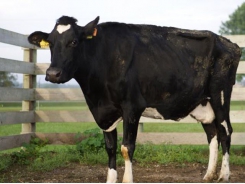Mastitis control programs sought for organic dairy herds

SPECIAL COVERAGE FROM THE AMERICAN DAIRY SCIENCE ASSN. ANNUAL MEETING: Organic dairies can benefit from gaining a greater understanding of the factors affecting the probability of mastitis the development of control programs, say researchers.
Prevention and treatment of mastitis without the use of antibiotics or synthetic products is one of the challenges organic dairies face but by gaining a greater understanding of factors affecting the probability of mastitis the development of control programs can be examined, according to University of Tennessee and University of Kentucky researchers.
Conducting the work, which was presented at this year’s American Dairy Science Assn. annual meeting in Cincinnati, Ohio, were E.K. Luc, L.G. Schneider, V.L. Couture, H.R. Bailey, P.D. Krawczel, A.G. Rius and G.M Pighetti of the University of Tennessee along with S.R. Smith of the University of Kentucky.
The objective of the work was to determine if probability of subclinical mastitis and isolated organisms varied between the years of 2017 and 2018 in relation to season, parity and stage of lactation. Five organic dairies (n = 402 cows) were enrolled in the study. To determine the probability of subclinical mastitis, Dairy Herd Improvement (DHI) records for somatic cell score (SCS), days in milk and parity were assessed. Subclinical mastitis was characterized as cows having a SCS of >4. Aseptic quarter milk samples (n = 1,825) were collected from cows with subclinical mastitis and tested for microbiological identification. Organisms greater than 5% in prevelance were evaluated.
Logistic regression (PROC GLIMMIX, SAS 9.4) was used with fixed effects of season, parity, stage of lactation and year, and a random effect of cow (herd/year) to test the association with mastitis and organism probabilities.
Overall, the probability of subclinical mastitis was found to be greater in 2017 than 2018 (P = 0.007), with cows 1.05 times more likely in the fall (OR = 1.05; 95% CI: 0.77, 1.43), 1.87 times more likely in the spring (OR = 1.87; 95% CI: 1.27, 2.76) and 2.15 times more likely in the summer (OR = 2.15; 95% CI: 1.49, 3.10) to have subclinical mastitis.
The year 2017 also was associated with a greater probability of coagulase-negative staphylococci (CNS), Staphylococcus hyicus and Corynebacterium spp. and lower probability of Streptococcus uberis, the researchers said. Only S. hyicus was associated with lower probability in the spring versus the summer regardless of the year (P = 0.03; OR = 0.431; 95% CI: 0.19, 0.94). CNS was least common in the first parity cows (P < 0.04) in contrast to Staphylococcus aureus having greater probability in the first parity cows (P < 0.09) versus greater lactations, they reported.
Future research targeting factors behind greater probability of S. hyicus in the summer and contrasting probabilities of S. aureus and CNS with parity, they noted, will provide greater insight to developing comprehensive mastitis control programs in organic dairy systems.
Có thể bạn quan tâm
Phần mềm

Phối trộn thức ăn chăn nuôi

Pha dung dịch thủy canh

Định mức cho tôm ăn

Phối trộn phân bón NPK

Xác định tỷ lệ tôm sống

Chuyển đổi đơn vị phân bón

Xác định công suất sục khí

Chuyển đổi đơn vị tôm

Tính diện tích nhà kính

Tính thể tích ao hồ



 Automated milking system requires new approach
Automated milking system requires new approach  MAP protein may aid battle against Johne's disease
MAP protein may aid battle against Johne's disease